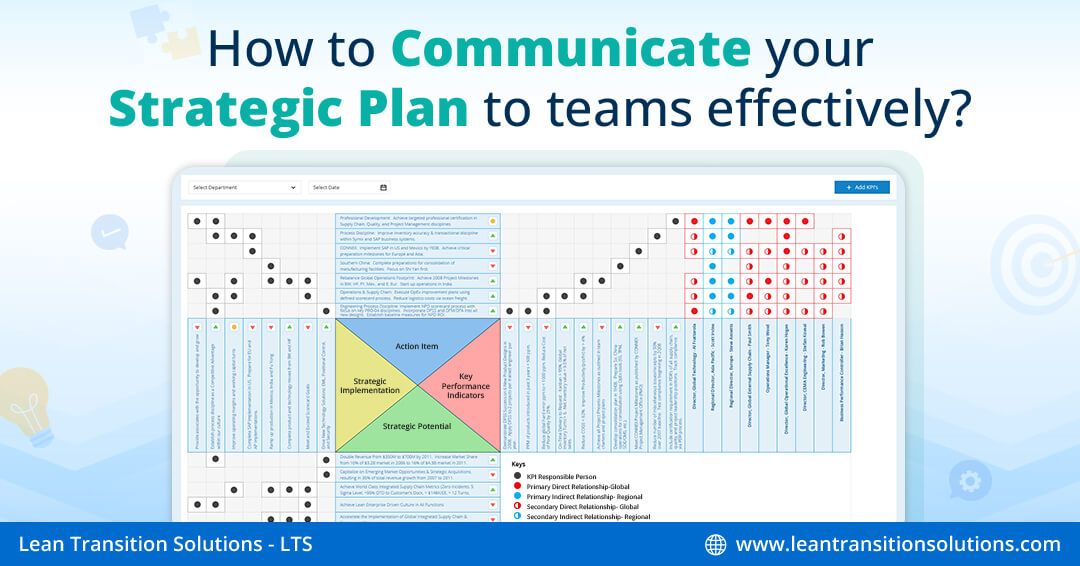How to Communicate your Strategic Plan to teams effectively?

April 17, 2024
If you own a business, a strategic planning consultant or business strategist will craft plans and strategies that promise to propel your business toward sustained success. However, these perfect plans, on paper, simply remain documents—they alone cannot drive your business forward. The true power of strategic planning processes lies in effective communication within your business environment.
As a strategy manager or executive leader within your organisation, you have likely encountered situations where employees question decisions like shifting focus from one project to another or allocating more resources to specific projects. The answers to these queries lie within your strategic plan. Yet, without proper communication, employees may struggle to grasp the real purpose behind your strategic initiatives.
Indeed, communication is the key to business success. Let's move on and understand how you can effectively communicate your strategies with your employees and explore how you can ensure that your workforce comprehends and embraces your strategic vision.
Communicating Strategic Plans - What does it mean exactly?
A strategic plan serves as the blueprint for driving business growth. A strategic plan outlines the direction and actions needed to achieve long-term business goals. It's a dynamic document that guides decision-making and resource allocation, ensuring organisational alignment between objectives and activities.
Unlocking the full potential of your strategic plan relies on effective communication with your team. So as to achieve this, a strategic communication plan is essential. A well-made strategic communication plan outlines what information needs to be communicated, to whom, and when, ensuring alignment with current strategic goals.
A strategic communication plan is a structured approach to conveying key messages and information about the organisation's strategic goals and initiatives. It encompasses various aspects such as internal communication strategy, communication plan development, and strategic messaging. Key areas to focus on during strategic plan communication sessions include:
- Clarifying the organisation's vision and objectives to align operational actions towards achieving a common strategic goal.